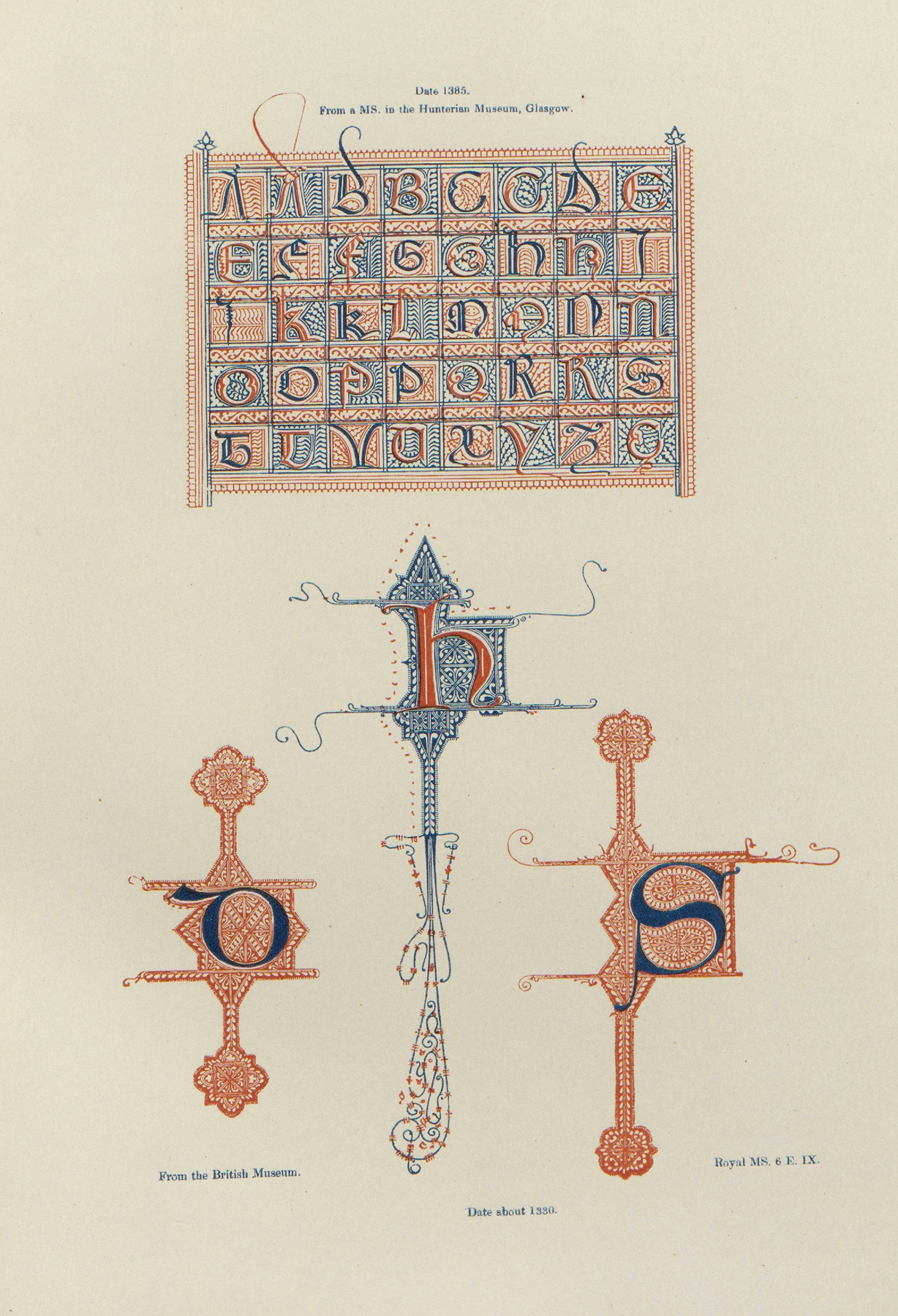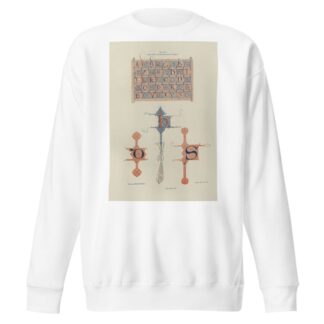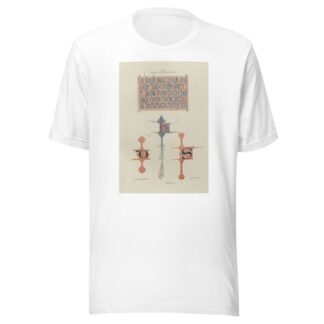Description
Alphabets: numerals, and devices of the middle ages Pl.08 by Henry Shaw printed on a Hoodie
About the Hoodie
Modern fit
It provides a more tailored look than a regular fit
Comfortable
The fabric and fit of this item are extra comfy
Tear-away tag
Easily removable tear-away tag that allows you to add a custom inside label
Premium quality
The product is made from premium, high-quality materials
Classic unisex hoodie with a front pouch pocket and matching flat drawstrings. The 100% cotton exterior makes this hoodie soft to the touch.
- 65% ring-spun cotton, 35% polyester
- Charcoal Heather is 60% ring-spun cotton, 40% polyester
- Carbon Grey is 55% ring-spun cotton, 45% polyester
- 100% cotton face
- Fabric weight: 8.5 oz./yd.² (288.2 g/m²)
- Front pouch pocket
- Self-fabric patch on the back
- Matching flat drawstrings
- 3-panel hood
- Tear-away tag
Henry Shaw (1800–1873)
Henry Shaw was an English architectural draughtsman, engraver, illuminator, and antiquary.
Shaw was born in London on 4 July 1800, and first developed his drawing. He was elected a Fellow of the Society of Antiquaries of London in 1833. He died at Broxbourne, Hertfordshire, on 12 June 1873.
Shaw was employed by John Britton on his Cathedral Antiquities of England, supplying illustrations of Wells Cathedral and Gloucester. In 1823 he published A Series of Details of Gothic Architecture, and in 1829, with plates drawn and engraved by himself, The History and Antiquities of the Chapel at Luton Park; the florid Gothic architecture of Luton Park was destroyed by fire in 1843.
He contributed papers to the Proceedings of the Society of Antiquaries, including an ‘Account of the Remains of a Tile Pavement recently found within the precincts of Chertsey Abbey, Surrey’ (Proceedings, 1856, iii. 269–77). He edited in 1848 a reproduction of Walter Gidde’s ‘Booke of sundry Draughtes principally seruing for Glaziers, and not impertinent for Plasterers and Gardeners,’ originally published in 1615. He also designed or adapted, and drew on wood, the initial letters and all the decorative portions of Longman’s edition of the New Testament, published in 1864.






Reviews
There are no reviews yet.